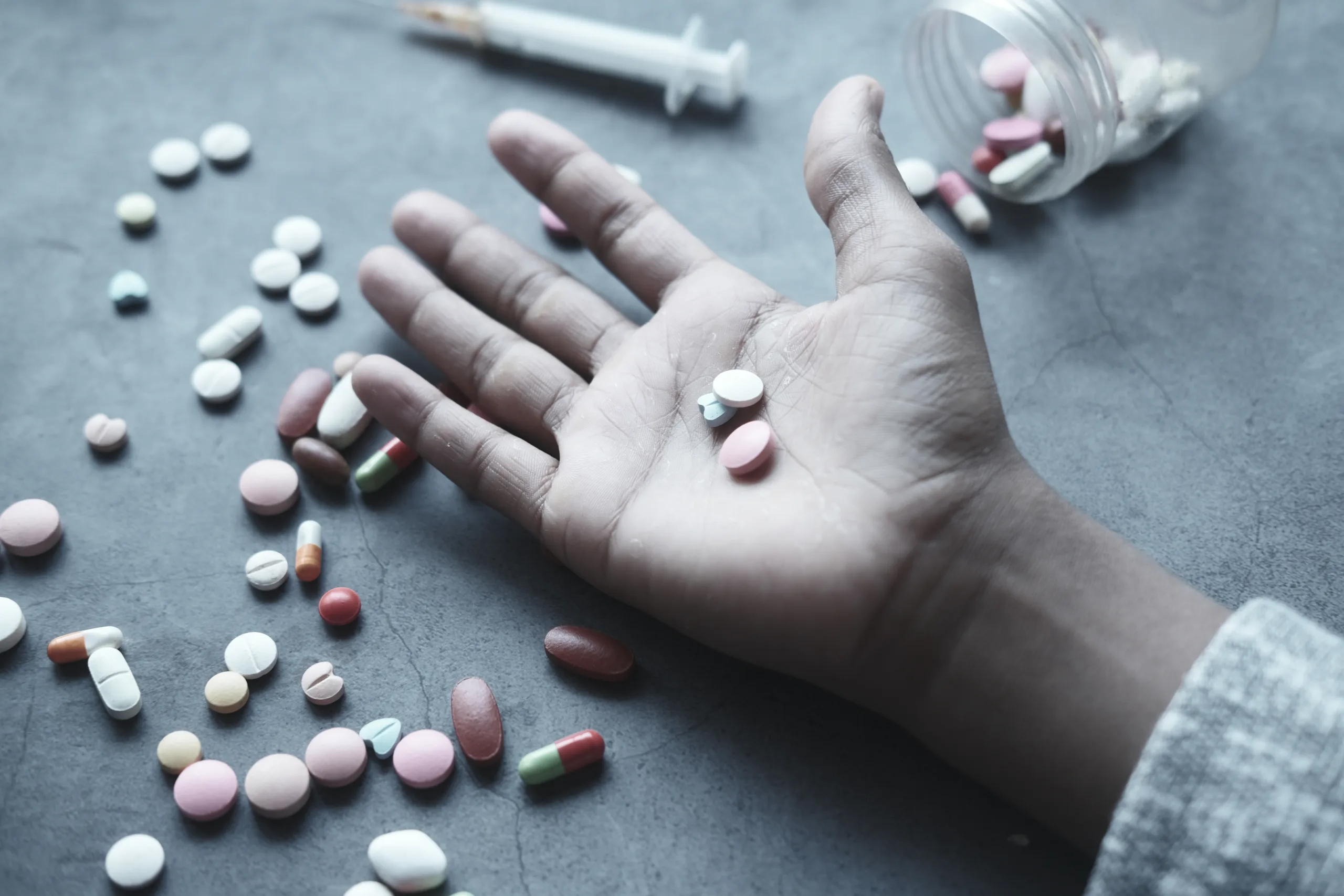How Long Do Different Painkillers Stay in Your System?
Painkillers, also known as analgesics, are commonly prescribed to manage pain after surgery, injury, or chronic conditions. While they provide much-needed relief, understanding how long these substances remain in your system is crucial, especially when considering drug testing, avoiding interactions, or preventing misuse. The duration painkillers stay in your system depends on the specific medication, dosage, frequency of use, and individual factors like metabolism.
What Does Half-Life Mean?
The term half-life refers to the time it takes for half of a drug’s active substance to be eliminated from the body. For example, if a medication has a half-life of 4 hours, it means that 50% of the drug will be gone from the bloodstream within that time. Understanding a drug’s half-life is essential because it determines:
- Duration of Effectiveness: How long the drug provides pain relief.
- Detection Times: How long the drug remains detectable in the body.
- Dosing Schedules: When the next dose should be taken to maintain therapeutic levels.
Factors That Affect How Long Painkillers Stay in Your System
Several factors influence how long a painkiller remains detectable in your body:
- Opioids (e.g., oxycodone, hydrocodone) have different half-lives compared to non-opioids (e.g., acetaminophen, ibuprofen).
2. Metabolism:
- Individuals with faster metabolisms process and eliminate drugs more quickly.
3. Dosage and Frequency:
- Larger doses or prolonged use can extend the detection window.
4. Age and Health:
- Older individuals or those with liver or kidney issues may process drugs more slowly.
5. Method of Testing:
- The type of drug test (urine, blood, saliva, or hair) affects how long painkillers are detectable.
Common Painkillers and Their Duration in the System
1. Acetaminophen (Tylenol)
- Half-Life: 2-3 hours
- Urine Detection: Up to 24 hours
- Key Points: Acetaminophen is a non-opioid pain reliever and is generally eliminated from the body quickly.
2. Ibuprofen (Advil, Motrin)
- Half-Life: 2-4 hours
- Urine Detection: 1-2 days
- Key Points: Ibuprofen is also a non-opioid and is rapidly metabolized.
3. Oxycodone (OxyContin, Percocet)
- Half-Life: 3-5 hours
- Urine Detection: 1-4 days
- Blood Detection: Up to 24 hours
- Hair Detection: Up to 90 days
- Key Points: As an opioid, oxycodone remains detectable longer than non-opioids, particularly in hair tests.
4. Hydrocodone (Vicodin, Norco)
- Half-Life: 4-6 hours
- Urine Detection: 2-4 days
- Blood Detection: Up to 24 hours
- Hair Detection: Up to 90 days
- Key Points: Hydrocodone is another opioid painkiller with similar detection times to oxycodone.
5. Codeine
- Half-Life: 3 hours
- Urine Detection: 1-2 days
- Blood Detection: Up to 24 hours
- Hair Detection: Up to 90 days
- Key Points: Codeine is often used in combination with other medications and has a short half-life.
6. Morphine
- Half-Life: 2-4 hours
- Urine Detection: 2-3 days
- Blood Detection: Up to 12 hours
- Hair Detection: Up to 90 days
- Key Points: Morphine is a powerful opioid often used for severe pain.
7. Fentanyl
- Half-Life: 3-12 hours (depending on formulation)
- Urine Detection: 1-3 days
- Blood Detection: Up to 48 hours
- Hair Detection: Up to 90 days
- Key Points: Fentanyl is a synthetic opioid with a short half-life but remains detectable in hair for months.
8. Tramadol
- Half-Life: 6-8 hours
- Urine Detection: 1-4 days
- Blood Detection: Up to 48 hours
- Hair Detection: Up to 90 days
- Key Points: Tramadol is a synthetic opioid with a longer half-life than many other painkillers.
Why It’s Important to Know
Understanding how long painkillers stay in your system is essential for several reasons:
- Drug Testing: Many workplaces and medical settings require drug testing, and knowing detection times can help avoid misunderstandings.
- Safety: Mixing painkillers with other substances can be dangerous; knowing when a drug is out of your system reduces risks.
- Preventing Misuse: Being aware of how long opioids remain in the body helps monitor and prevent dependency or misuse.
Detox and Painkiller Addiction
For those struggling with painkiller dependency, detoxing in a professional facility is the safest way to start recovery. Withdrawal from opioids can be uncomfortable and even dangerous without medical supervision. Symptoms like nausea, sweating, muscle pain, and anxiety are common and require professional care to manage effectively.
Freedom Detox: Your Partner in Recovery
At Freedom Detox, we specialize in helping individuals safely detox from painkillers and other substances. Our team provides compassionate care and personalized treatment plans to guide you through the detox process and set you on the path to lasting recovery. Contact us today to learn more about our services and take the first step toward freedom from addiction.





